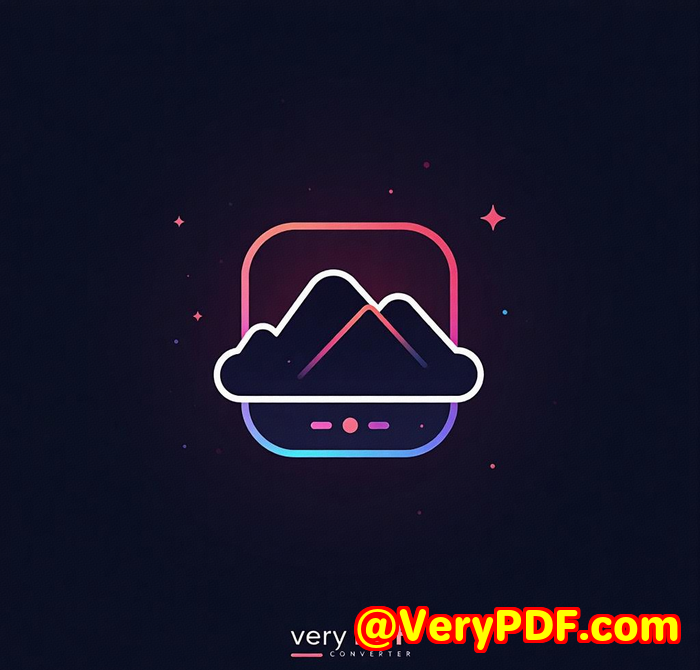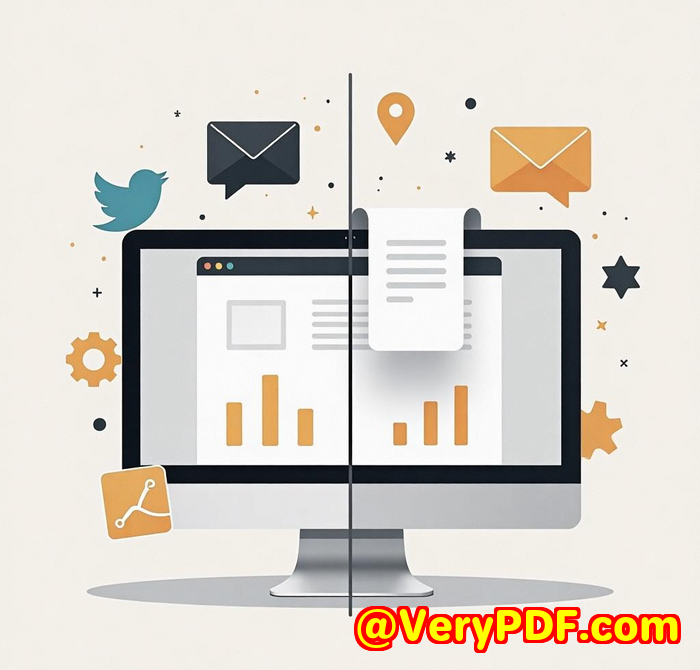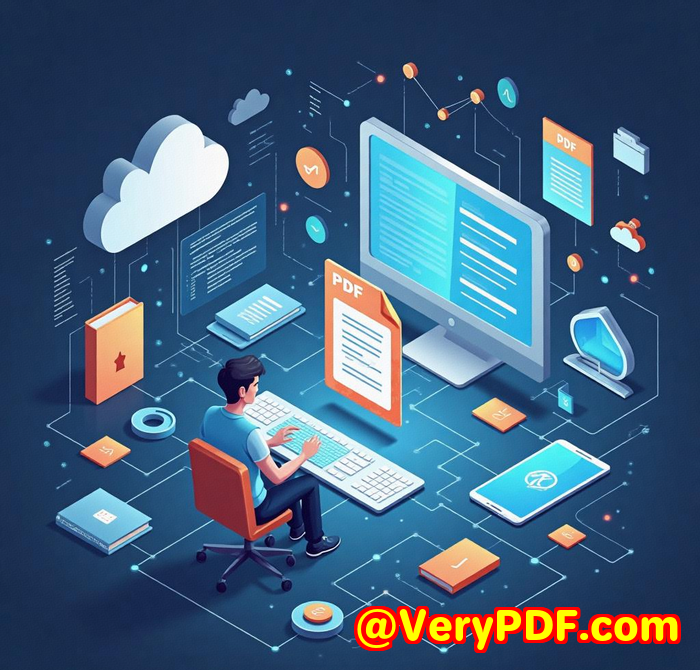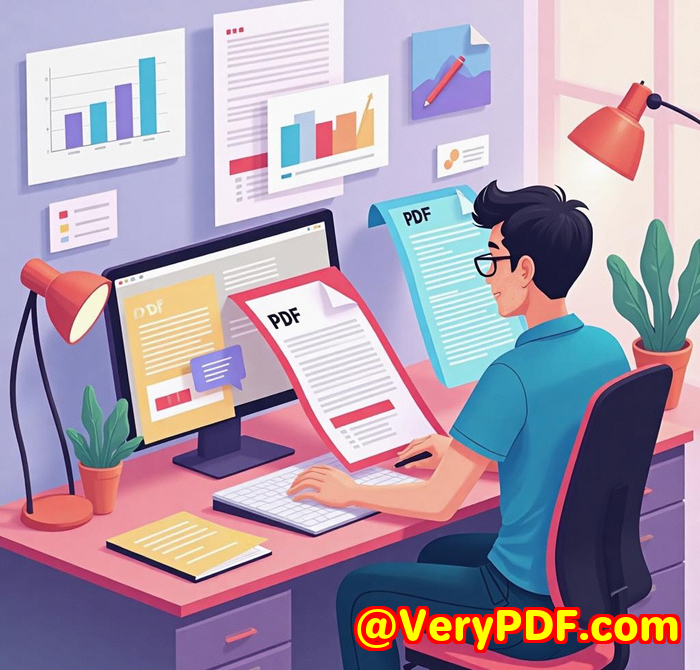The Best API to Take Consistent Screenshots for Competitive Analysis and Web Research
The Best API to Take Consistent Screenshots for Competitive Analysis and Web Research
Every time I needed to keep tabs on competitors or gather insights for web research, I faced the same headache: messy screenshots full of cookie banners, ads, and random pop-ups cluttering the view. Taking clean, consistent screenshots across different websites felt like chasing a unicorn. It was either manual, time-consuming work or clunky tools that barely got the job done. I wanted something reliable a way to automate the process and make sure every screenshot looked professional and consistent without me having to babysit it.
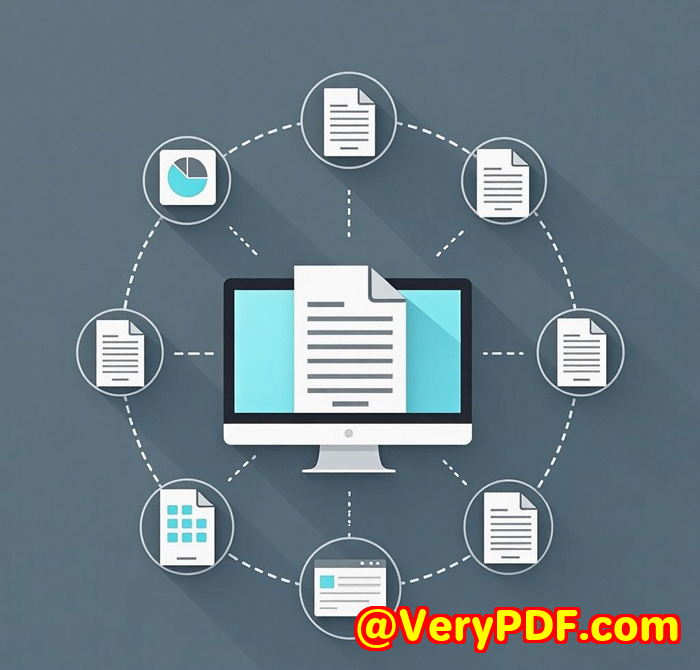
That's when I found the VeryPDF Website Screenshot API for Developers. This tool has been a game changer for me especially if you're into competitive analysis or need high-quality screenshots for web research.
Here's the lowdown on what makes it stand out and why I keep coming back to it.
Why I Chose VeryPDF Website Screenshot API
First off, it's not your typical screenshot tool. It's an API built specifically for developers, which means you can automate everything with a simple call no juggling browser clusters or writing complex scripts to block annoying elements.
The API renders screenshots cleanly and precisely. It's designed to remove those pesky cookie banners, GDPR notices, and ads automatically. As someone who's wasted hours cropping and editing screenshots, this alone was worth it.
The tool is great for a range of people, from market researchers needing snapshots for reports, to developers who want to integrate screenshot generation into apps, to digital marketers tracking competitor landing pages.
Key Features That Actually Work
1. Automatic Blocking of Ads and Cookie Banners
This feature saved me from manual clean-ups. You just specify a parameter to block ads, and the API takes care of the rest. It's powered by a constantly updated database with over 50,000 rules that block cookie consent forms and other distractions on almost any site.
I remember running screenshots for a client's competitor sites, and the cookie pop-ups were always a pain. With VeryPDF's API, those banners were gone like magic no extra coding on my end.
2. Custom Rendering Options
The API lets you control everything about the screenshot. Need dark mode? It's got you covered. Want to hide certain page elements or simulate clicks before capturing? You can do that too.
I tested it on a client's website that had chat widgets and animated banners. Using the custom JavaScript and CSS injection, I hid those elements seamlessly. The screenshots looked clean, professional, and exactly how I wanted.
3. Support for Any Screen Size, Including Retina Displays
Whether you want screenshots for mobile, tablet, or desktop, the API handles it all. It even triggers lazy-loaded images by scrolling through pages to ensure full content capture.
This was crucial when I needed consistent full-page captures across devices for a competitive analysis report. The quality was crisp, and I didn't have to stitch images manually.
4. Scrolling and Animated Screenshots
One feature that blew me away was the ability to generate scrolling screenshots, even as GIFs or MP4 videos. For dynamic sites or pages with animations, this meant I could capture the whole experience without extra tools.
How It Beat Other Tools I Tried
I've used other screenshot services and browser automation before, but here's where VeryPDF stands apart:
-
No Browser Management Hassles: Other tools often required managing multiple browser instances or clusters, which was a technical nightmare. VeryPDF's API just works with a single call.
-
Better Blocking Engine: Many tools miss cookie pop-ups or ads, resulting in inconsistent screenshots. VeryPDF's constantly updated rules kept my images clean every time.
-
Ease of Use with Flexibility: Some platforms either lack customization or require you to write extensive scripts. Here, you get most options out of the box, and you can easily add custom scripts when needed.
-
Responsive Support: Anytime I hit an edge case, the team behind the API responded quickly. That kind of reliability made a big difference.
Real-World Uses That Made My Life Easier
-
Competitive Analysis Reports: Quickly generating clean, comparable screenshots of competitor websites across different devices without manual edits.
-
Market Research Presentations: Embedding accurate, full-page screenshots into slides for stakeholders who appreciate polished visuals.
-
Web Development QA: Automating visual regression testing by capturing screenshots before and after deployments.
-
Digital Marketing Campaigns: Monitoring landing page changes over time by scheduling automated screenshots.
-
Academic Research: Documenting web page content changes for studies, with consistent image quality and format.
Wrapping It Up: Why I Recommend VeryPDF Website Screenshot API
If you handle competitive analysis or web research, and you find yourself frustrated by inconsistent or cluttered screenshots, this API is worth a serious look.
It solves the practical problem of automating clean, reliable screenshots that capture exactly what you need no distractions, no surprises.
Personally, I'd recommend it to anyone who needs to integrate screenshot capabilities into their workflow, whether you're a developer, analyst, marketer, or researcher.
Give it a shot yourself and save hours of manual work.
Start your free trial now and boost your productivity: https://www.verypdf.com/online/webpage-to-pdf-converter-cloud-api/
Custom Development Services by VeryPDF
VeryPDF doesn't stop at just ready-to-use tools. If you have specific technical challenges or unique workflow needs, they offer comprehensive custom development services tailored to your environment be it Linux, macOS, Windows, or cloud-based servers.
Their expertise covers a wide range of technologies, including Python, PHP, C/C++, .NET, JavaScript, and mobile platforms like iOS and Android.
They can build everything from custom virtual printer drivers that generate PDFs and images, to advanced document processing solutions involving OCR, barcode recognition, and layout analysis.
If your project requires something specialized like intercepting print jobs, hooking into Windows APIs, or creating secure digital signature workflows VeryPDF's development team can craft a solution that fits.
Reach out to their support center at http://support.verypdf.com/ to discuss what you need and get a tailored consultation.
FAQ
Q: Can I customize the screenshots to remove specific elements on a page?
A: Yes, you can use the API's custom JavaScript and CSS injection features to hide or modify page elements before the screenshot is taken.
Q: Does the API support mobile and tablet screen sizes?
A: Absolutely. You can specify any screen size, including popular device presets and Retina displays, ensuring your screenshots match your target audience's devices.
Q: How does the API handle cookie consent forms and GDPR banners?
A: It uses a constantly updated database with 50,000+ rules to automatically block cookie banners, pop-ups, and ads, keeping your screenshots clean without extra work.
Q: Can I generate full-page scrolling screenshots?
A: Yes. The API scrolls through pages to capture lazy-loaded images and dynamic content, producing full-page screenshots or even animated GIFs and MP4 videos.
Q: What programming languages or platforms does the API support?
A: The API is language-agnostic since it's REST-based. You can integrate it with any platform that can make HTTP requests, including Python, JavaScript, PHP, and more.
Tags / Keywords
-
website screenshot API
-
automated screenshots for competitive analysis
-
web research screenshot tool
-
block cookie banners screenshots
-
full-page website screenshots API
-
developer API for screenshots
This tool has made my web research and competitor monitoring workflow so much smoother. If consistent, clean screenshots are something you need, the VeryPDF Website Screenshot API is the way to go.
